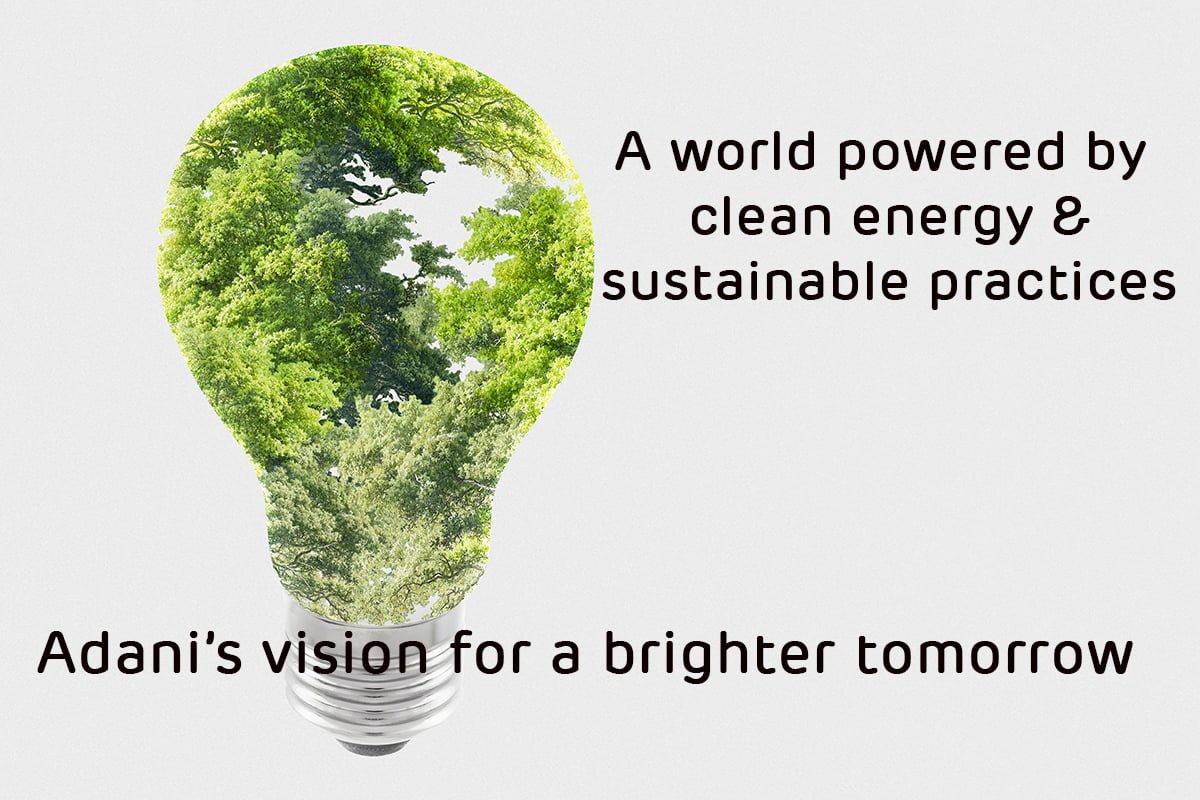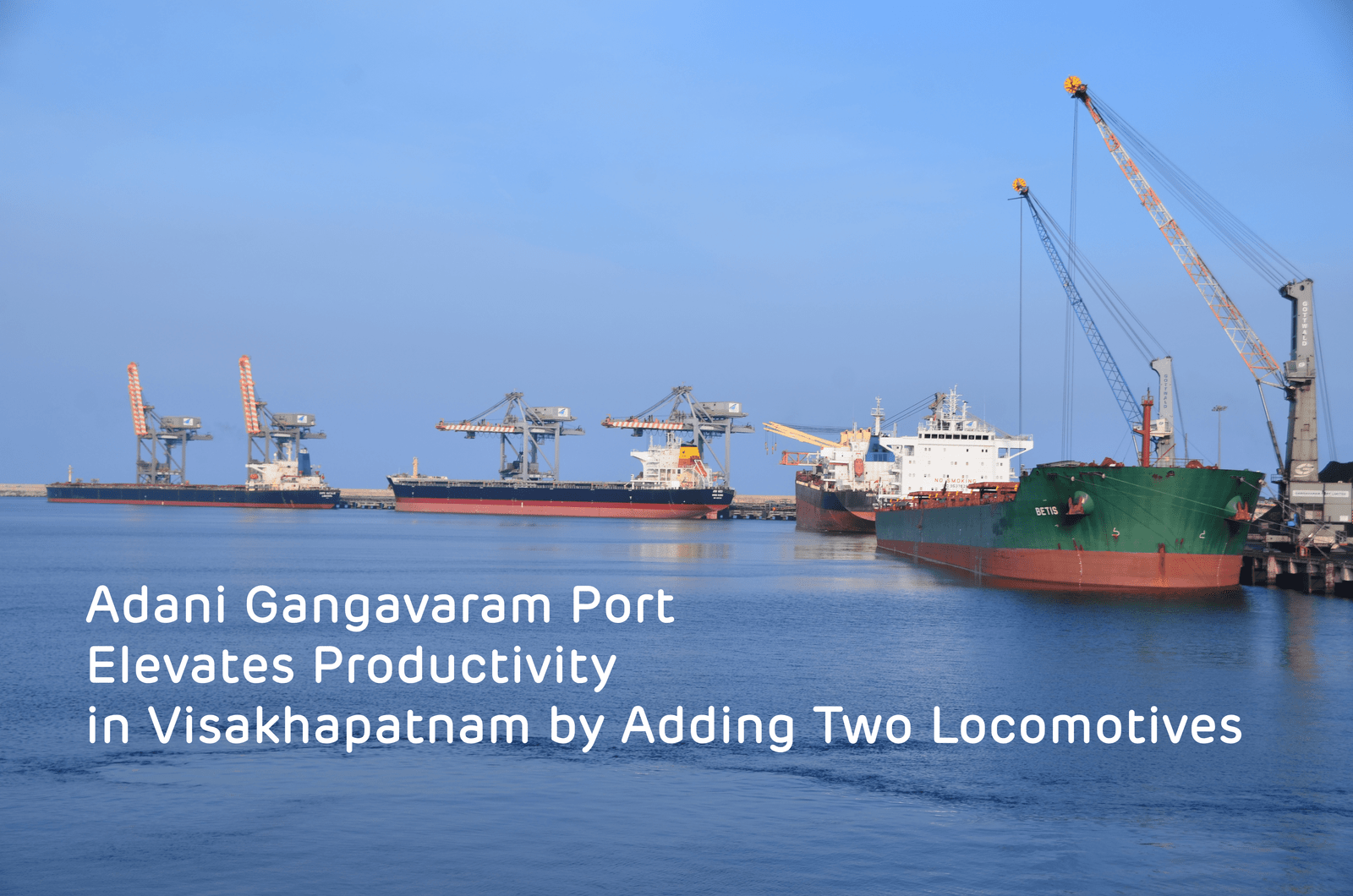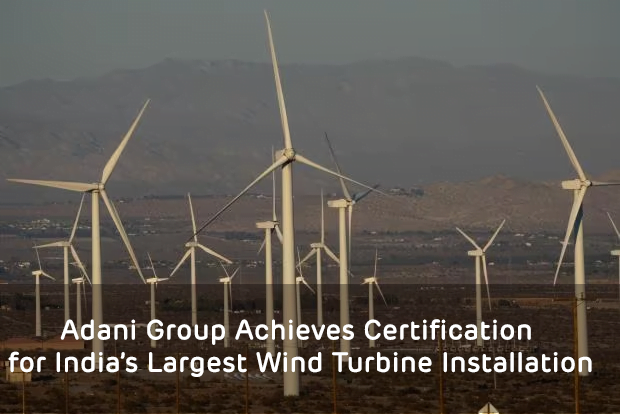In January this year, when the Hindenburg report unleashed terror on the Adani Group with its malicious report, the Group not only lost over $100 billion but it also began to be written off by people. The U.S. short seller intended to bring down the Rs. 2.62 lakh crore conglomerate and earn profits through its short position. Mr Gautam Adani’s reputation took a huge hit. Suddenly, he was painted as a fraud and conman whose alleged greed and risk taking brought the fifth-largest economy to its knees.
However, the attempts of the short seller failed to deflate the indefatigable spirit of Mr Adani. It has been nine months now and not only have the allegations fallen flat but the billionaire has also emerged stronger and smarter. The shadow of uncertainty which loomed over the Group seems a thing of the past as Mr Adani has started rebuilding his empire by putting his house in order by “rebalancing its growth ambitions, slowing down on big-ticket acquisitions, deleveraging and strengthening its balance sheet”.
A few weeks after the report was released, the conglomerate began taking steps to comfort investors – from holding roadshows to securing investment from GQG Partners and buying back bonds. It held roadshows across six countries, where the Group’s finance leadership met debtors/bond holders/global banks and FIIs and reinforced the strength of the portfolio, its resilience and the underlying credit quality.
In fact, during this period of volatility, there were no rating downgrades, and all the ratings were affirmed, with some agencies putting a few issuers on a negative outlook. International banks remained steadfast in their support of Adani portfolio companies, driven by their belief in the robust business model, cash flow and strong balance sheets.
GQG Partners, one of the largest emerging market investors, invested $1.87 billion in Adani portfolio companies in the aftermath of the Hindenburg report and has since been a shining example of the turnaround story; the number of shareholders increased by almost 100% from December 22 to March 23. Currently, GQG’s total investments in the Group stand at $4 billion.
On why he chose to invest in the Adani Group, GQG’s Rajiv Jain said in an interview with Business Today, “The Adanis’ asset allocation decisions have been remarkably good. If you buy Mumbai airport or any other airport during Covid-19, when it is likely a distressed sale, the transaction has a high probability of doing well. Another example would be solar modules. They were not in that business even a few years ago. Now, they will be one of the largest producers of solar modules outside of China. If anybody wants to set up data centers in India, who would they go to other than the Adanis? It’s also an electricity business… but the group is one of the lowest-cost producers of electricity in the country. What is also not appreciated is that if India wants to be net zero by 2070, it likely cannot happen without this group.”
Challenges still linger. However, Mr Adani’s rise from being the son of a textile merchant and college dropout to one of the richest men in the world has had its share of challenges and attacks on multiple fronts – from mining operations to power projects and allegations of SEZ norm violations in Mundra. But after each setback, he rose stronger with a determined force to keep building and expanding his assets. “Our balance sheet, assets, and operating cash flows continue to get stronger and are now healthier than ever before,” Mr Adani said while sharing the group’s operational performance with shareholders in July.
India’s infrastructure growth story is the most sought-after story of this decade and Adani’s leadership position in this sector positions it very strongly for future growth. Banking partners continue to remain aligned with this and look at Adani as a long-term partner in this journey. His infrastructure assets generate stable revenues and contribute over four-fifths of the group’s EBITDA. A proxy for cash flow generation capacity, EBITDA shows the group’s core operating performance.
“Over the next 20 years, Adani portfolio companies and promoters want to raise $50 billion of equity. We want to invest close to $500 billion in core infra as a base case. We will run this programme of equity for the next two decades,” Group CFO Jugeshinder ‘Robbie’ Singh told Business Today.
But the new equity comes with higher dilution. The Group also had to make some hard choices. For instance, it recently exited the financial services business and is focusing on its core infra model and adjacencies. “We invest for an intergenerational period, upwards of 30 years. We have not even completed the foundation of our growth. For instance, we are setting up a ports business to be able to handle and move cargo equivalent to what India moves today as a country. We have to remain strategically patient,” explained Singh.
With 10 listed companies, Adani’s sprawling empire focuses on everything from airports (7), train lines, and ports (14 ports/terminals in India + 1 in Israel and 1 under-construction in Sri Lanka) to data centers, green energy, coal mining, cement, and the media.
“We will have close to 14-15 companies by around 2033. We have an objective to hold a certain percentage in our portfolio. Within that portfolio when we recycle capital, it is not dilution,” he said.










